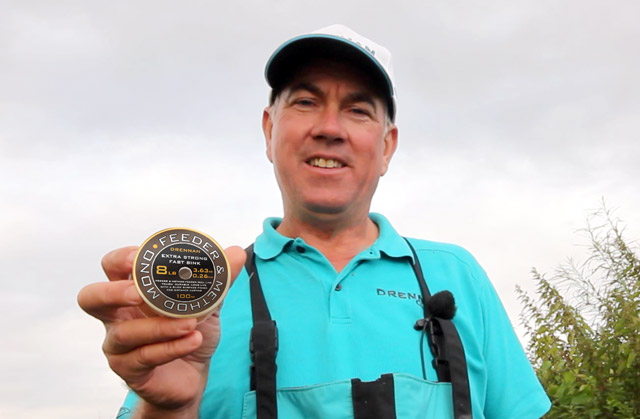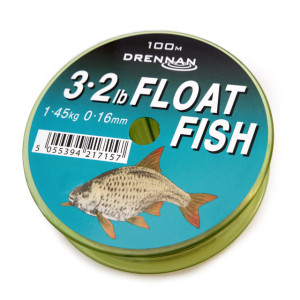Days that are too cold, wet and windy to venture outside are the perfect time to start thinking about changing the line on your reels.

Arriving at the bankside with a freshly spooled reel will give you maximum confidence when casting out, striking and then leaning into that all-important fish. Here’s our top recommendations for float and feeder work:
Float Fishing
 For out-and-out float fishing, Drennan Float Fish fits the bill perfectly. It’s a naturally floating mono but it can also be made to sink just under the surface with a flick of the rod tip. This property is a real asset on the strike, allowing you to connect with fast bites with ease. Float Fish is deliberately not ultra supple, too, as a small degree of rigidity helps with line control and fast pick up. It is also quite a hard material, so it resists damage from shot really well.
For out-and-out float fishing, Drennan Float Fish fits the bill perfectly. It’s a naturally floating mono but it can also be made to sink just under the surface with a flick of the rod tip. This property is a real asset on the strike, allowing you to connect with fast bites with ease. Float Fish is deliberately not ultra supple, too, as a small degree of rigidity helps with line control and fast pick up. It is also quite a hard material, so it resists damage from shot really well.
Float Fish is available on 100m spools and in breaking strains from 2.6lb (0.14mm) to 6lb (0.22mm).
Tip No1– Try dropping down a spool size. Thinner line helps you cast further and doesn’t drag a float off course as fast as thicker stuff. Combined with a soft-actioned rod, you can still land surprisingly large fish with lighter main lines.
Tip No2 – It’s useful to carry a small atomiser bottle of dilute washing up liquid for windy days. A spray or two of this will degrease the line and help it to cut through the surface tension much easier.
Feeder Fishing
 Casting and reeling in heavy bombs, feeders and Method feeders places a lot of stress on your line, which is why you need a really solid, robust and abrasion resistant material. Feeder & Method Mono ticks all those boxes. This pale brown material also sinks well and lasts a long time on the reel.
Casting and reeling in heavy bombs, feeders and Method feeders places a lot of stress on your line, which is why you need a really solid, robust and abrasion resistant material. Feeder & Method Mono ticks all those boxes. This pale brown material also sinks well and lasts a long time on the reel.
Feeder & Method Mono comes on either 100m or 250m spools and in breaking strains from 4lb (0.18mm) right up to 12lb (0.30mm).
Tip No3 – Try 6lb for bream fishing, 8lb for commercial fisheries and 10lb or 12lb for really heavy duty situations. If in doubt, go heavier rather than lighter. This will give you much more confidence when punching out heavy feeders.
Tip No4 – Always fill your reels to within a couple of millimetres of the edge of the spool. This will help you achieve optimum casting distances compared to an underfilled spool.
